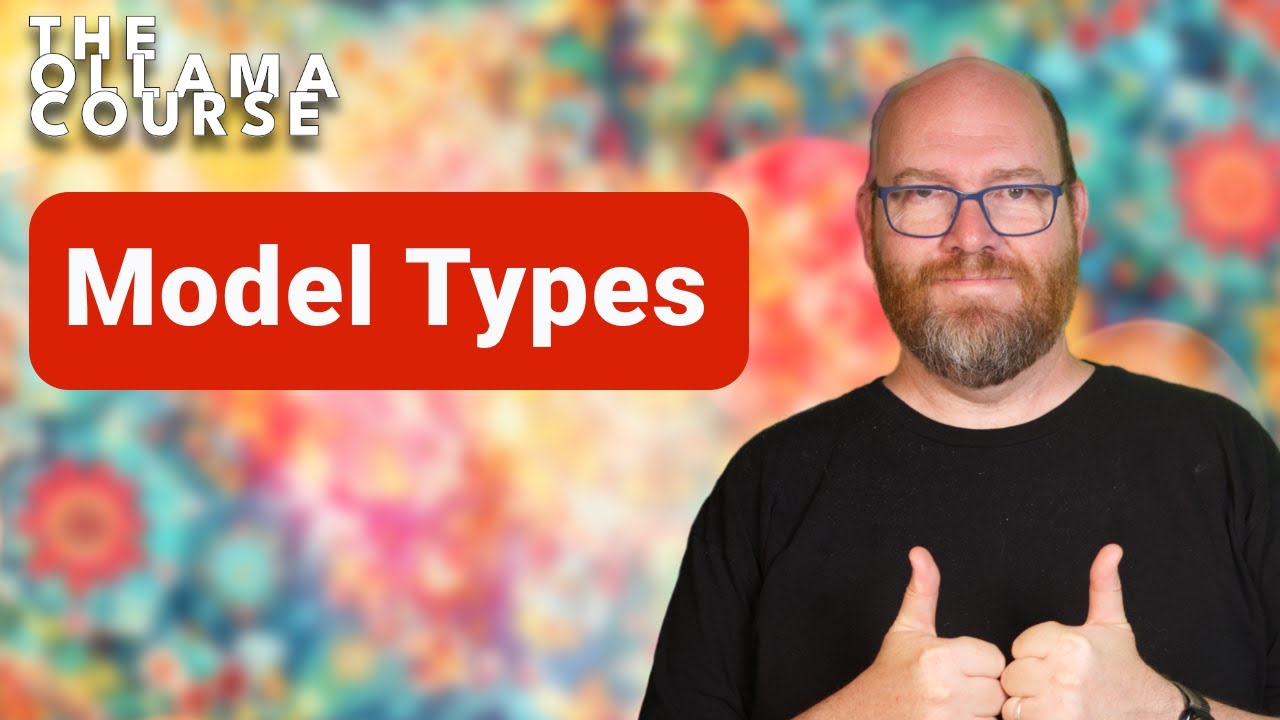In the video from the Ollama Course, the host outlines various types of AI models available on the platform, including embedding, source, fine-tuned, chat, instruct, code, and vision models, each designed for specific functionalities. The course aims to educate viewers on running these models locally or in the cloud for free, while emphasizing the distinctions between general and fine-tuned models for effective task handling.
In the video from the Ollama Course, the host discusses the various types of AI models available for download on the Ollama platform. The models are categorized into different types based on their functionalities, including chat models, text models, instruct models, code models, vision models, and embedding models. The host emphasizes that this course is genuinely free and aims to educate viewers on how to run AI models locally or in the cloud without any hidden costs.
The video begins by explaining the concept of embedding models, which are smaller models designed to create embedding vectors for use in vector stores. These models serve a specific purpose and are distinct from the larger source models that researchers typically create. The source models are further divided into two main categories: those that are trained on extensive datasets but may not respond effectively to questions, and those that are fine-tuned for specific tasks.
The host elaborates on the source models, highlighting that they include text and base models. These models are designed to predict the next word in a sequence but may struggle to provide direct answers to questions. For instance, when prompted with a narrative, they can continue the story but may not effectively address inquiries like “Why is the sky blue?” To obtain accurate answers, users should utilize the fine-tuned models.
Fine-tuned models include chat and instruct models, which are designed to handle specific input formats and respond accordingly. Instruct models typically follow a single prompt, while chat models facilitate more dynamic, back-and-forth conversations. The video also introduces code models, which are tailored for generating code based on provided syntax and context, exemplified by tools like GitHub Copilot.
Lastly, the host touches on vision models, also known as multimodal models, which can process both text and images. These models require images to be provided in a specific format and can describe aspects of the images based on user instructions. The video concludes by mentioning other potential model types, such as speech-to-text and text-to-speech, which are not currently supported by Ollama but may be included in future updates. The host encourages viewers to explore the different models available on the platform with a clearer understanding of their functionalities.
